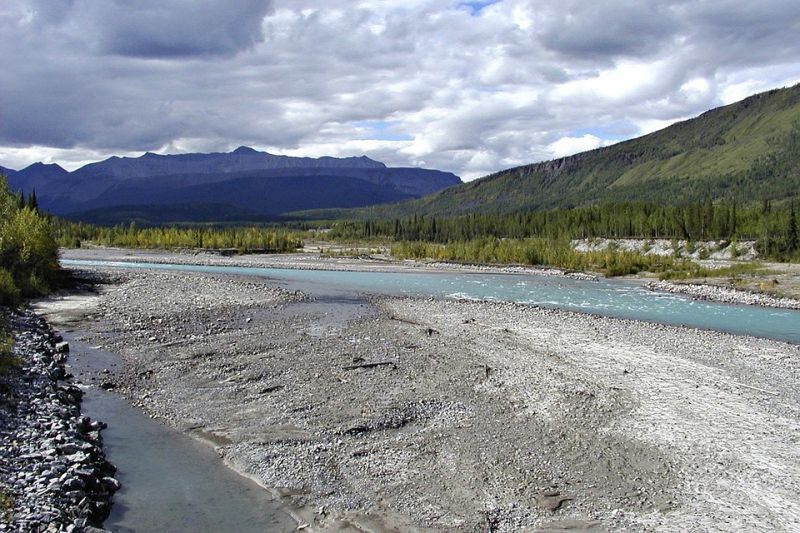Increases in Wildfire-Caused Erosion Could Impact Water Supply and Quality
Published on by Water Network Research, Official research team of The Water Network in Academic
A growing number of wildfire-burned areas throughout the western United States are expected to increase soil erosion rates within watersheds, causing more sediment to be present in downstream rivers and reservoirs, according to a new study by the U.S. Geological Survey.
 USGS scientists analyzed a collection of climate, fire and erosion models for 471 large watersheds throughout the western U.S. They found that by 2050, the amount of sediment in more than one-third of watersheds could at least double. In nearly nine-tenths of the watersheds, sedimentation is projected to increase by more than 10 percent.
USGS scientists analyzed a collection of climate, fire and erosion models for 471 large watersheds throughout the western U.S. They found that by 2050, the amount of sediment in more than one-third of watersheds could at least double. In nearly nine-tenths of the watersheds, sedimentation is projected to increase by more than 10 percent.
“This is the first forward-looking study of the relationship between climate change, future wildfires and soil erosion, and their effects on ecosystems and watersheds throughout the West,” said Joel Sankey, USGS scientist and lead author of the study. “Findings could be used by communities to identify whether their water resources are especially at risk, and whether they have a suitable watershed management and protection plan in place.”
Increased sedimentation may impact water supply by reducing reservoir storage, increasing the need and cost for reservoir maintenance, or increasing costs to treat and deliver water. Water quality may be negatively impacted by increased sediment or increased nutrients and pollutants adsorbed, or attached, to sediment. Potential impacts to aquatic ecosystems range from negative effects on fish habitat to alterations of how a stream moves and flows.
Wildfires can burn away ground cover and vegetation across the landscape, leaving soils exposed and easily erodible by precipitation. In other cases, fires can cause soil surfaces to harden. Instead of the rain soaking into the soil, rainwater and melted snow can rush across these hardened surfaces, gaining enough power to erode loose sediments.
Source: USGS
Media
Taxonomy
- Water Quality
- River Studies
- Hydrodynamics & Water Quality
- Environment
- River Engineering
- River Basin management
- River Engineering